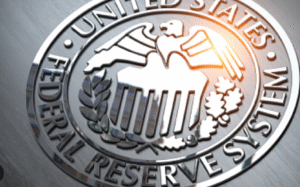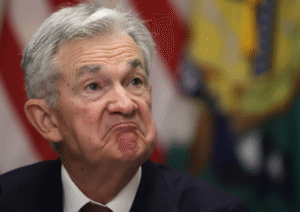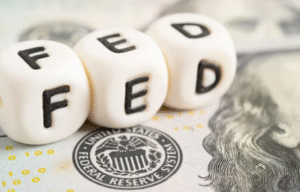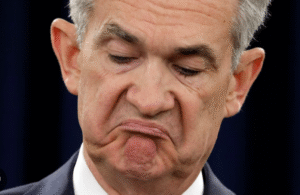$GBPUSD
#Sterling #Forex #CurrencyMarkets #PoundSterling #USD #Inflation #BankOfEngland #InterestRates #Trading #ForexNews #Finance #Investing
Sterling has surged past the $1.30 mark against the US dollar for the first time since November, reflecting a broader narrative of resilience in the British currency. The pound’s upward momentum so far in 2024 has been supported by persistent inflationary pressures in the United Kingdom, which have curbed market expectations of imminent interest rate cuts from the Bank of England (BoE). At the same time, a weakening US dollar, driven by a reevaluation of Federal Reserve policy and declining US inflation, has provided additional tailwinds for the pound. Traders and investors are closely monitoring macroeconomic data on both sides of the Atlantic, as shifting monetary policy expectations continue to influence currency markets.
One of the key drivers behind sterling’s appreciation has been the UK’s struggle with stubborn inflation. While price increases have shown some level of moderation, they remain well above the BoE’s 2% target. This has led to speculation that policymakers may need to maintain higher interest rates for longer than initially anticipated. In contrast, the US Federal Reserve has seen inflation retreating toward its desired level, causing markets to price in potential rate cuts by the end of the year. As a result, the yield differential between the two economies has been narrowing, making the pound more attractive to investors looking for returns in a high-rate environment.
The broader weakness of the US dollar has also played a significant role in sterling’s ascent. The greenback has been under pressure due to shifting expectations around Fed policy, as well as improving risk sentiment in global markets. With investors moving away from safe-haven assets and reallocating capital into higher-yielding currencies and equities, the dollar has softened against major counterparts, including the pound. Additionally, for the UK, resilience in economic activity and a still-strong labor market have provided fundamental support for the local currency, bolstering confidence even as growth concerns linger.
Looking ahead, traders will be closely watching upcoming inflation and employment reports from the UK, as well as signals from the Bank of England regarding its future rate trajectory. Any indications that inflation remains persistent could reinforce expectations that the BoE will maintain higher rates, further supporting sterling. Conversely, a sharp decline in inflationary pressures or softer economic data could reignite rate-cut speculation, potentially capping the pound’s rally. Similarly, developments in US monetary policy will be crucial, as market participants assess how much further the Fed might adjust its stance. For now, sterling’s rise above $1.30 reflects both domestic inflation dynamics and broader shifts in global currency markets.











Comments are closed.